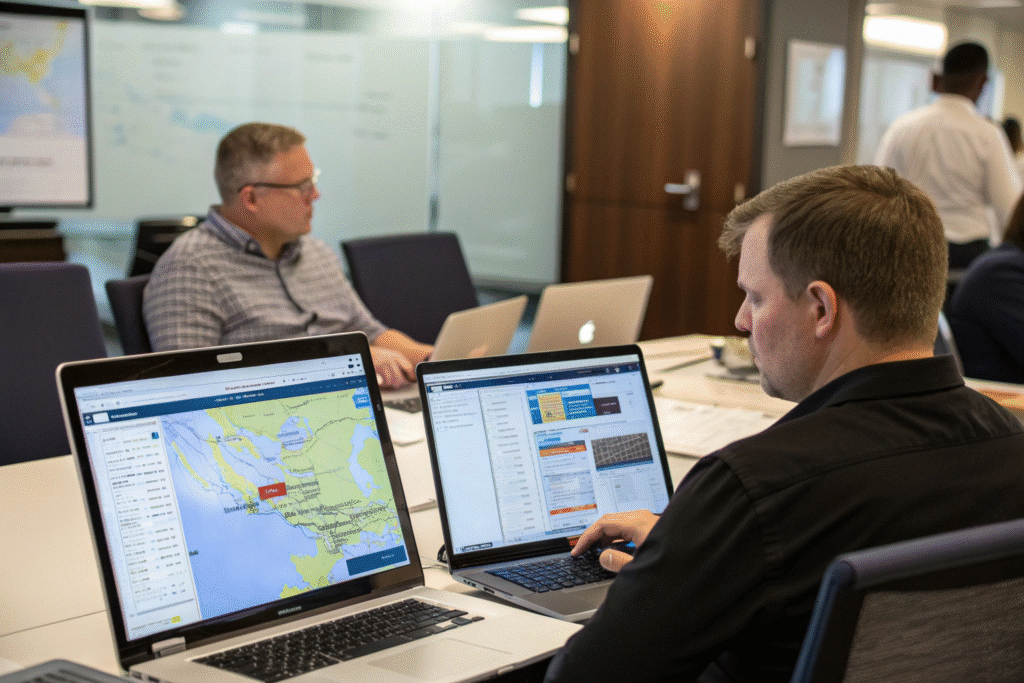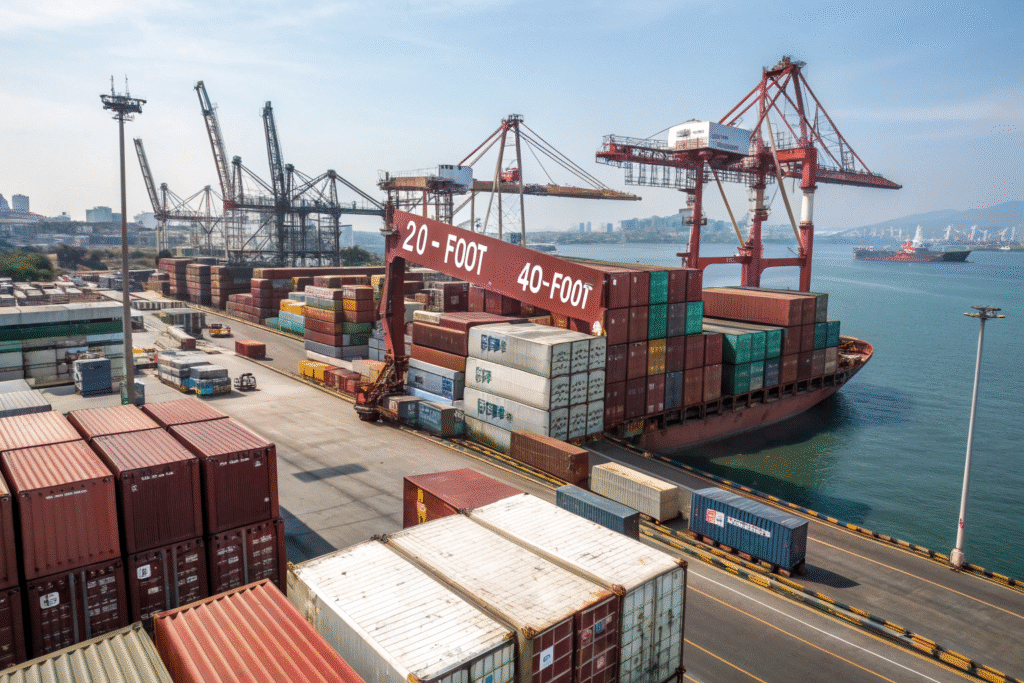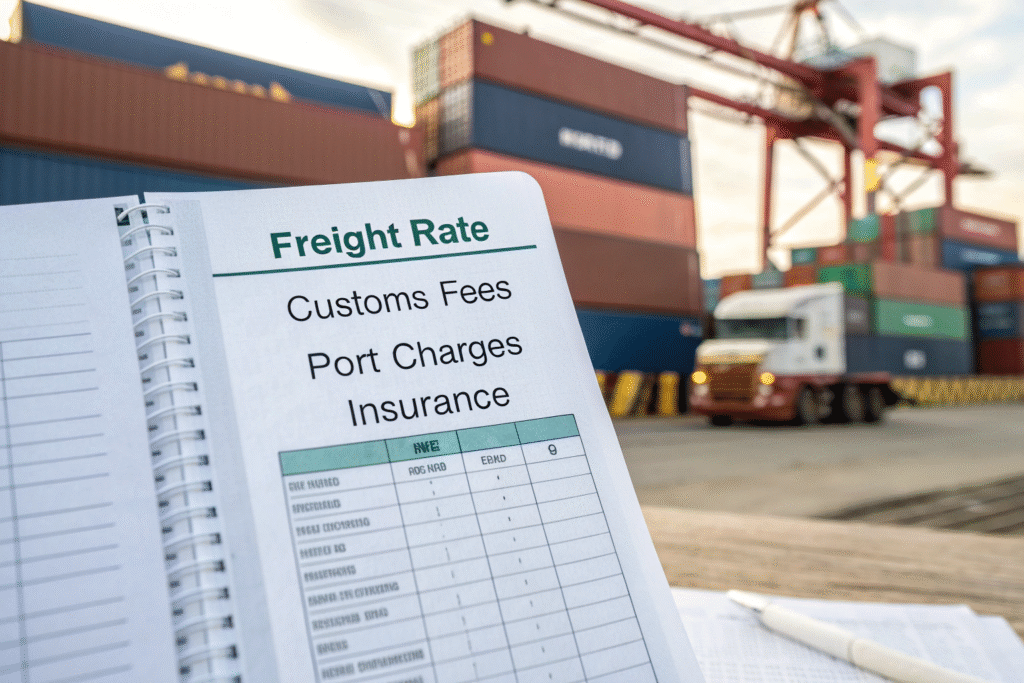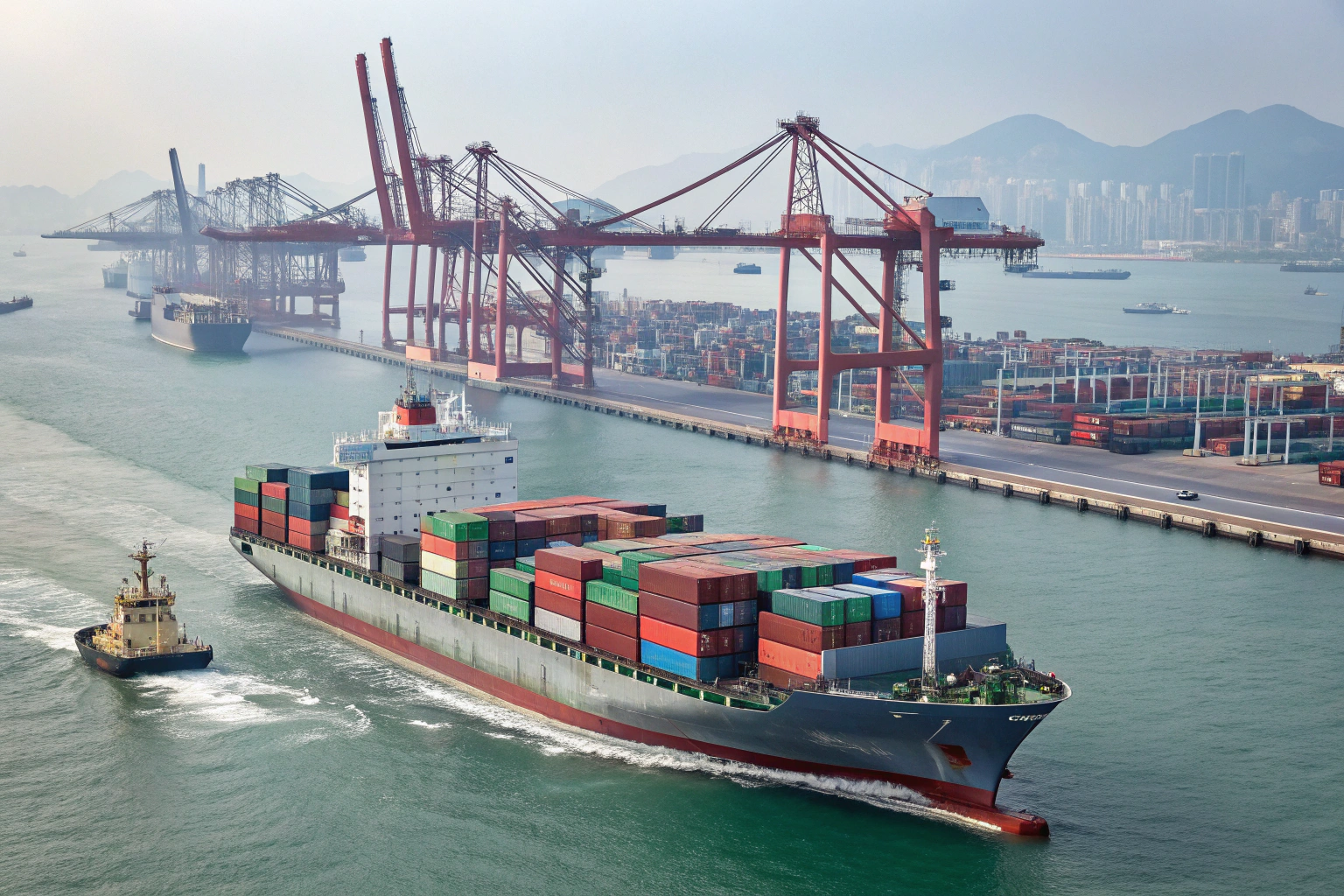When people ask me this question, I usually smile first—because honestly, there isn’t one simple answer. Freight rates from China to the USA can change so quickly that what was true last month might feel outdated today. Well, I’ve seen prices double within a few weeks, just because of tariff rumors or unexpected demand spikes. Frustratingly, this is what makes planning so tricky for importers.
Right now, as of September 2025, the average rate is somewhere between $1,800–$2,800 for a 20-ft container and $2,500–$4,200 for a 40-ft container. On top of that, there are always $300–$500 extra in port and customs fees.
From my observation, numbers alone don’t tell the whole story. If you want to understand ocean freight, you have to know the rhythm of the market—the highs, the sudden drops, and the small details like which port you’re using. In my experience, these little things add up fast.
What Factors Influence Ocean Freight Costs?
At first glance, freight looks like one price: pay for a container and ship it. Actually, it’s not that straightforward. There are many hidden layers, and many first-time shippers get surprised when the invoice arrives.
Costs are shaped by container size, shipping routes, demand, fuel prices, and even politics—especially tariffs.
I still remember a client who budgeted only the base rate. He was shocked when local port fees and fuel surcharges added another 20%. I had to explain: “This isn’t unusual, it’s how the industry works.”

How Does Container Size Affect the Price?
Well, size really matters here. A 20-ft container might cost about $2,000, while a 40-ft container is closer to $3,200. At first, it feels more expensive, but if you look at the cost per unit, the bigger box often saves money.
Do Port Choices Really Change the Rates?
Yes, surprisingly a lot. Shipping into Los Angeles or Long Beach is usually cheaper than sending to New York. According to WSJ, West Coast rates recently fell to about $1,800 per 40-ft container. East Coast destinations can add another $500–$800, mostly because of longer sailing time and higher handling costs.
How Much Are Current Container Rates?
Today’s rates are definitely softer compared to earlier this year. That’s good news for many importers, especially those moving large volumes.
In September 2025:
- 20-ft container: around $1,800–$2,800
- 40-ft container: $2,500–$4,200
- During panic-buying or tariff surges: as high as $6,500–$8,500
I had one client who booked a 40-ft in August for $2,600. Just three weeks later, another customer shipped the same route at $1,950. Honestly, explaining that gap wasn’t easy, but that’s the market—sometimes unfair, sometimes a blessing.

Why Are Prices Dropping Now?
Carriers have too many ships. They built fleets during the pandemic when demand was sky-high, and now there’s too much capacity. Reuters confirms that Asia–U.S. freight rates keep sliding downward. It feels like a buyer’s market right now, though no one knows how long that will last.
How Do Tariffs Affect Freight Costs?
Tariffs act like waves—they crash into the market and push rates up suddenly. Earlier this year, companies rushed shipments before a trade deadline. According to the New York Post, West Coast freight jumped to $6,500 and forecasts even suggested $8,500. Once the tariff extension came through, rates dropped back. I think every importer now keeps one eye on politics for this reason.
What Extra Charges Should You Expect?
The base rate is only half the story. Every shipment carries extra charges, and ignoring them is a recipe for headaches.
On average, expect $300–$500 in additional charges for customs clearance, port handling, and delivery.
From my perspective, these extras cause more confusion than anything else. I’ve had clients call me angrily, saying, “But you quoted me $2,800, why is the invoice $3,200?” And then I walk them through terminal handling, customs fees, and documentation.

Which Fees Are Commonly Overlooked?
Terminal handling and customs brokerage almost always get missed in planning. The CBP requires formal entries, and those come at a price. If you’re shipping LCL, there’s also consolidation fees that sneak in.
Should You Get Insurance?
Honestly, I think skipping insurance is risky. Cargo coverage from providers like the International Transport Forum is not that expensive. I once worked with an apparel buyer who lost a whole container to seawater damage. Without insurance, it would have been a nightmare. With it, it was painful, but manageable.
How Can You Save on Ocean Freight?
Nobody wants to overpay. And while you can’t control the global market, you can make smarter choices.
You can save by consolidating shipments, booking early, choosing West Coast routes, and signing long-term contracts with forwarders.
Personally, I often advise clients to wait a few days if they don’t have a full load. Combining shipments under LCL usually pays off. But of course, if timing is critical, then paying a bit more for speed might be the safer choice.

Is Consolidation Worth It?
Yes, most of the time. LCL shipping helps smaller importers share costs. It does add complexity because multiple shippers’ cargo has to be combined, but if your forwarder knows what they’re doing, it’s very cost-effective.
Do Long-Term Contracts Really Help?
They do, especially if you ship regularly. Locking in a contract protects you from sudden spikes. Platforms like Flexport even allow businesses to secure rates months in advance. From my experience, this peace of mind is worth it, even if the rate isn’t always the absolute lowest.
Conclusion
So, how much does ocean freight from China to the USA cost? Right now, the realistic range is $1,800–$4,200 per container, plus those unavoidable extras. But honestly, tomorrow it could look different.
As someone who has lived through both sky-high rates and historic lows, I can say this: the smartest importers don’t just chase the cheapest deal. They build relationships with forwarders who keep them informed and prepared. Ocean freight is a game of patience, timing, and trust. And sometimes, that trust saves more money than a low spot rate ever could.









